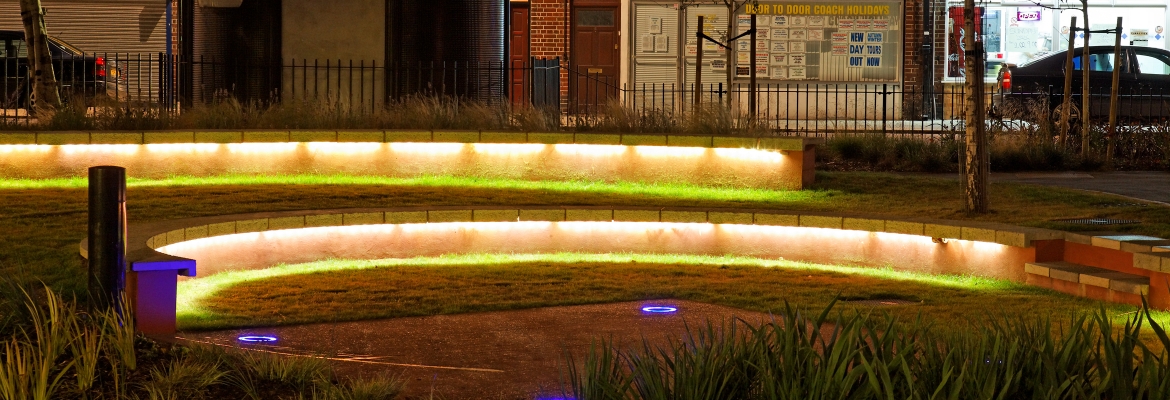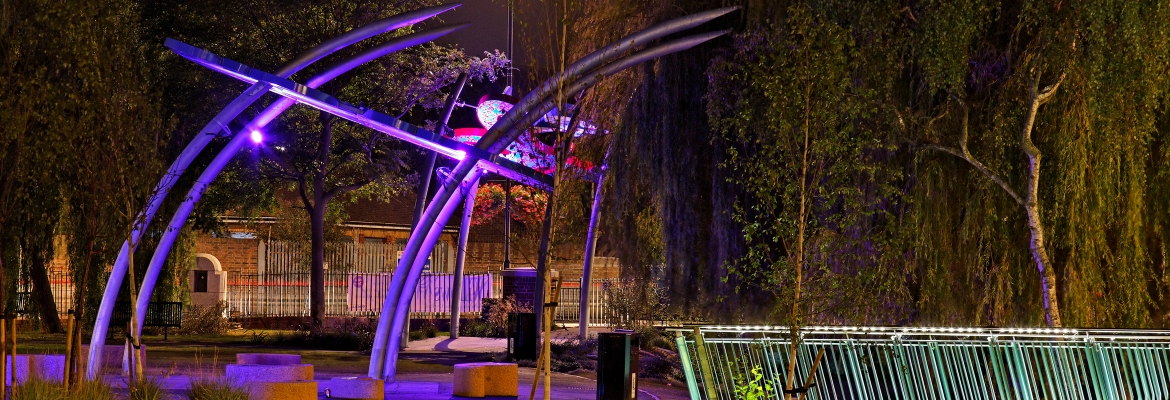How to: light landscapes
July 2017
DW Windsor operates internationally. For the best experience in your region, please select the region most applicable to you.
July 2017

The key to successful landscape lighting is subtlety and selectivity. In most cases there will be little competing light, so fairly low light levels will have considerable visual impact.
